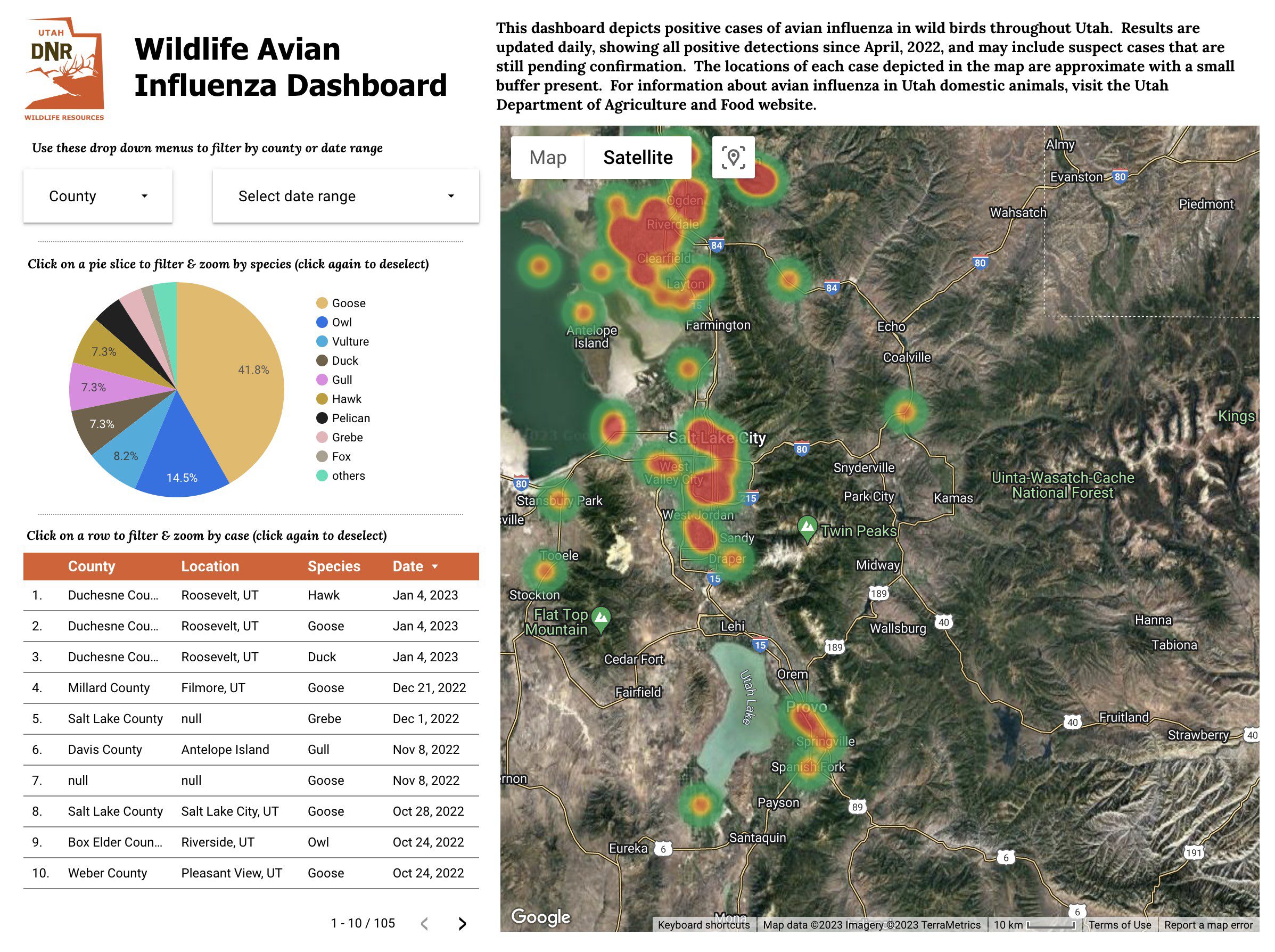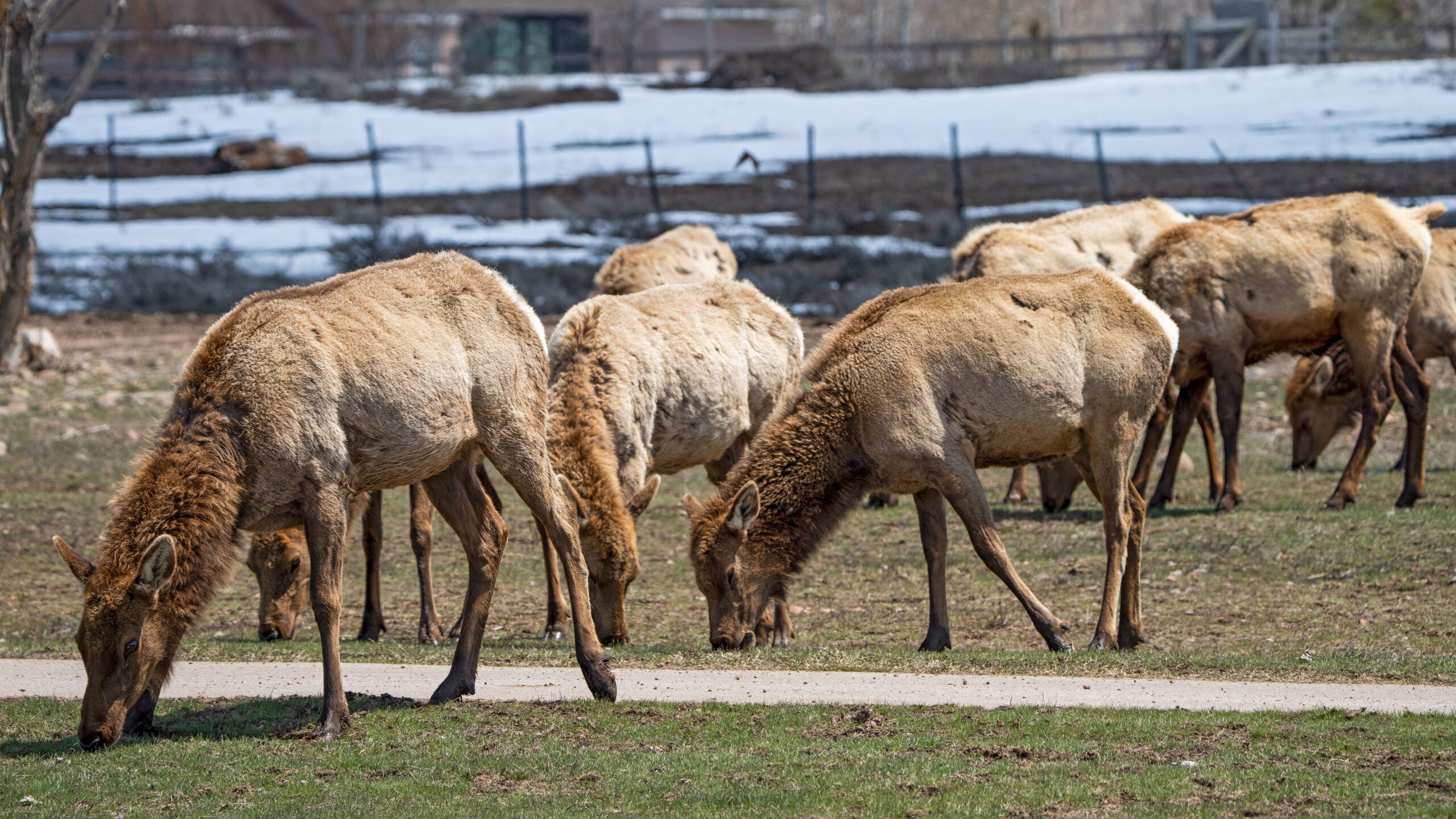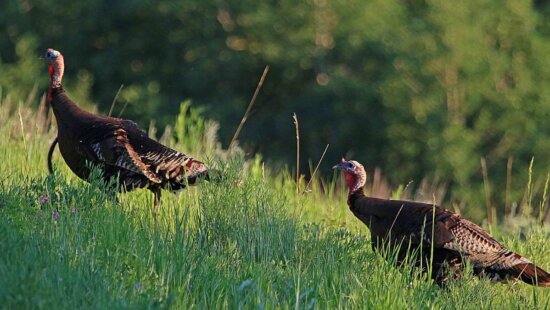Environment
Avian Influenza detected in Summit County amongst highly pathogenic outbreak

Canada geese carcasses as a result of avian influenza outbreak. Photo: Courtesy of Utah Division of Wildlife Resources.
SUMMIT COUNTY, Utah — The Utah Division of Wildlife Resources announced that four additional counties, including Summit, Uintah, Duchesne, and Morgan Counties, have detected the presence of avian influenza HPAI since September. The infection rate decreased during the summer months but increased during the fall migration and winter months. Across 13 counties in Utah, 102 birds and three red foxes have tested positive for avian influenza as of January 10.
Avian influenza viruses, on their own, are very contagious and carry a high mortality rate among domestic birds but are less likely to kill wild birds. However, that has changed with this highly pathogenic strain as more wild birds have been dying. The most common species impacted are typically waterfowl, shorebirds, raptors, and scavengers such as vultures. In Summit County, a duck was found to have been infected on September 29.
Few symptoms are shown by waterfowl and shorebirds when infected, but in the case of scavengers and raptors, they can die very quickly upon infection. The virus is spread by nasal or oral discharge and transmitted from fecal droppings. Even contaminated shoes or vehicles can spread the virus to poultry or domestic birds.
“Songbirds are not typically affected by avian flu, so people shouldn’t have to remove their bird feeders unless they also have backyard chickens or domestic ducks, which are susceptible to the virus. However, it’s always recommended to regularly clean bird feeders and baths,” according to a DWR statement on avian influenza.
One person in Colorado from the most recent outbreak has been confirmed to have tested positive for the virus. That person had direct exposure to poultry and was involved in culling poultry presumed to have been infected. Only one person has been confirmed to be infected. As of January 11, 57,832,154 poultry have been affected, and the virus has been detected in 5,552 wild species across the U.S., according to the Centers for Disease Control and Prevention.
“The outbreak is still ongoing, so we are still advising anyone who finds a group of five or more dead waterfowl or shorebirds — or any individual dead scavengers or raptors — to report it to the nearest DWR office. Make sure you don’t touch the birds or pick them up,” DWR Veterinarian Ginger Stout said. “Report it to us, and we will come to collect them for testing. We are continuing to monitor this virus in wild bird populations. This particular strain is affecting more wild birds and is more widespread than the last outbreak of highly pathogenic avian influenza in the U.S.”
For more information on the avian influenza virus and recommendations on how to remain safe, see the DWR website. A full list of reported cases across the country can be found on the CDC website.





















